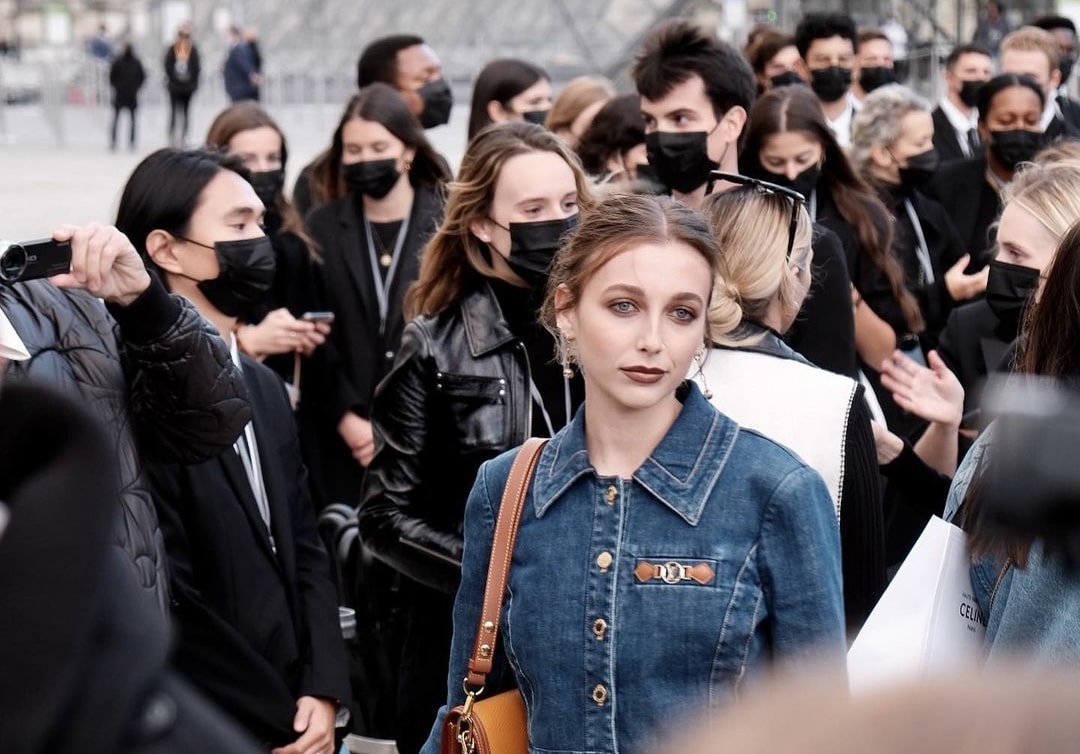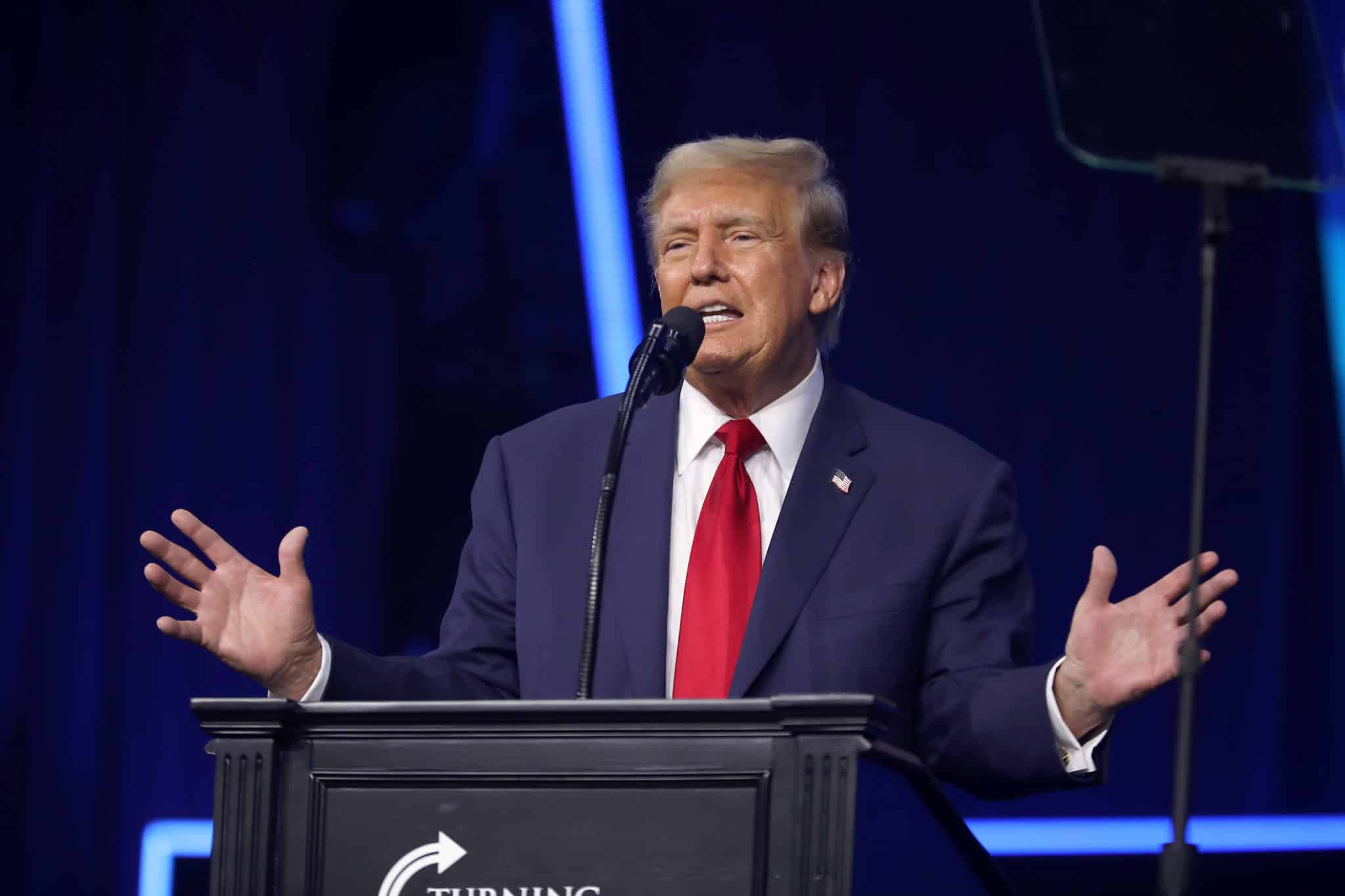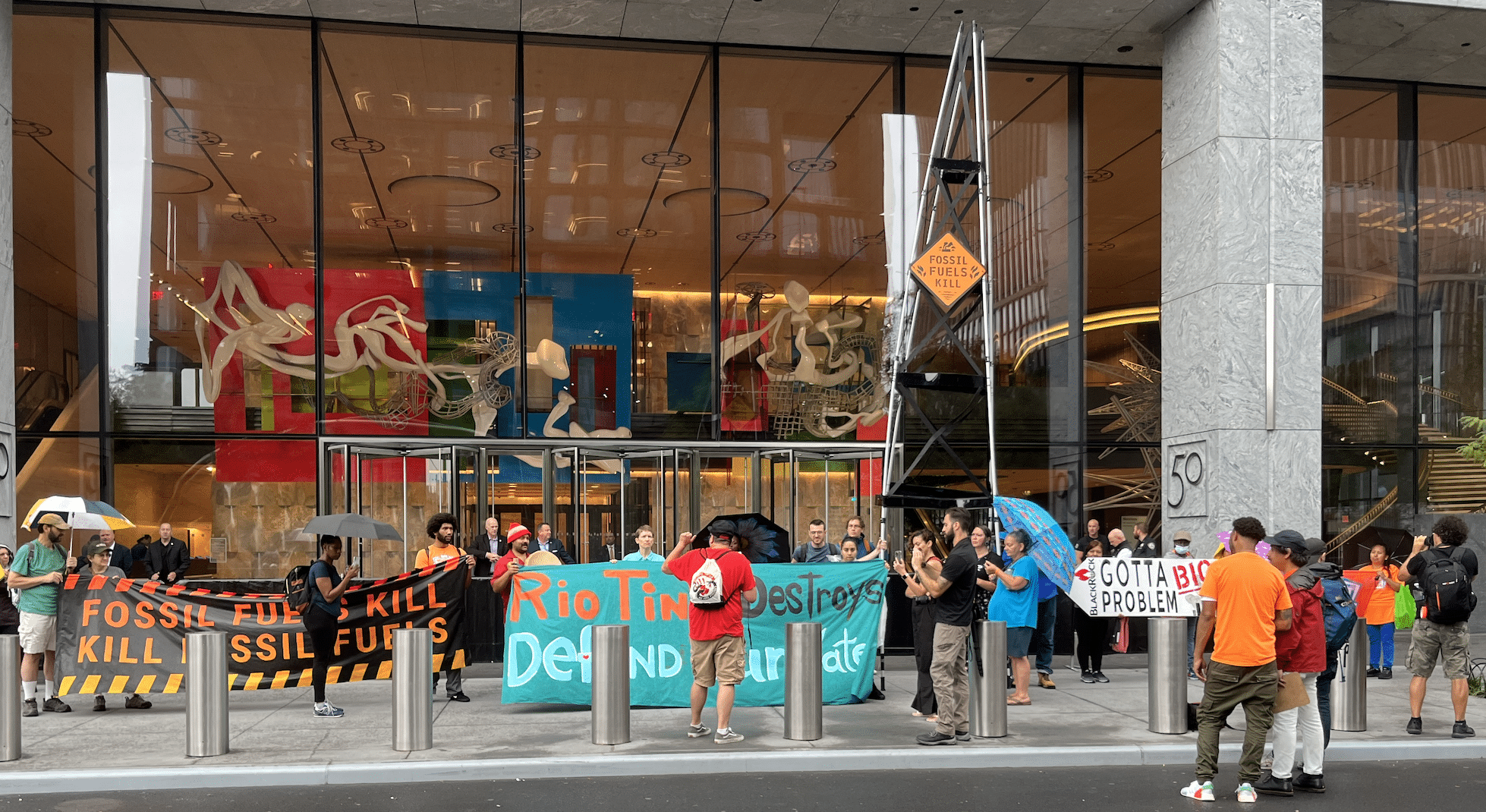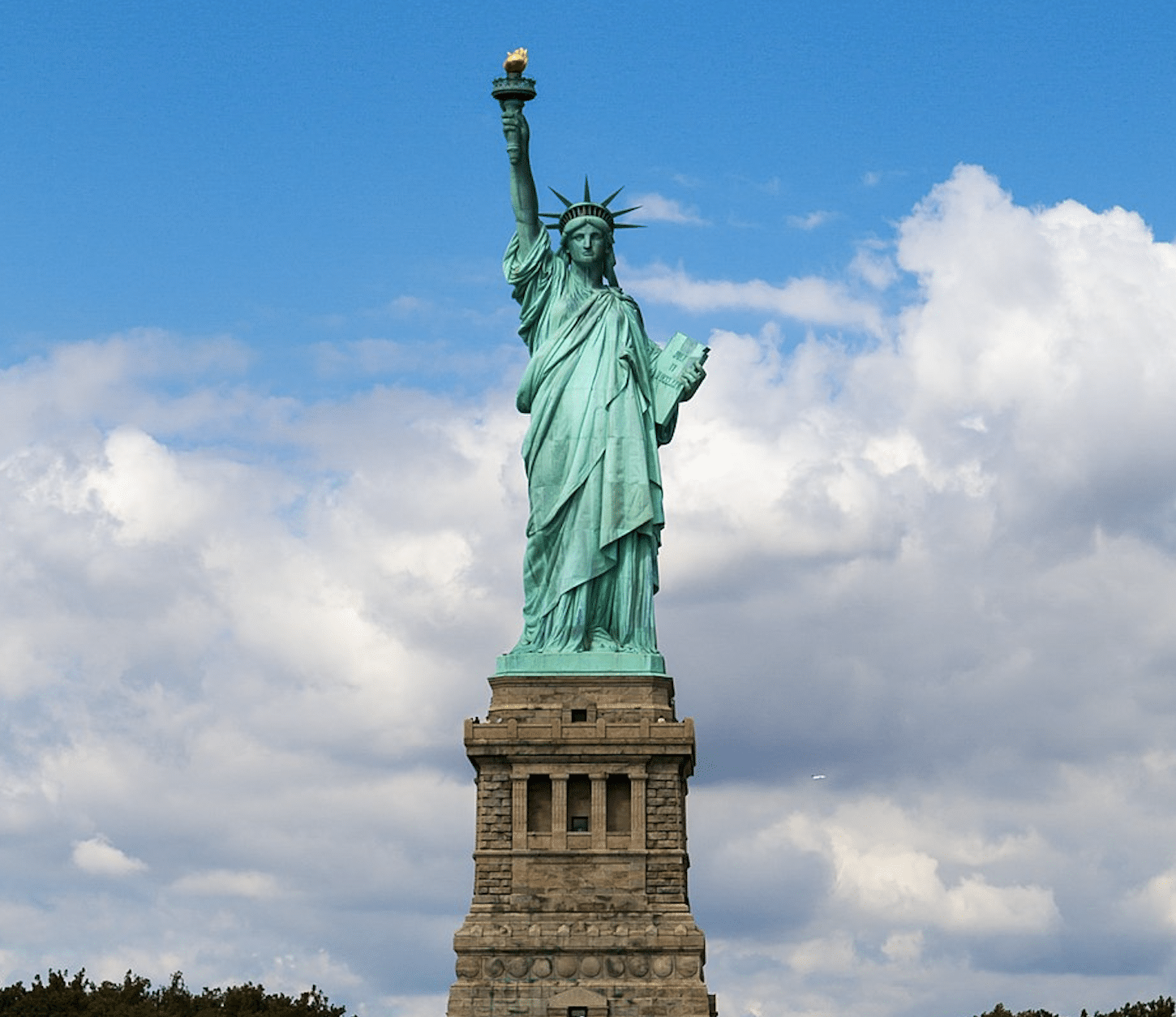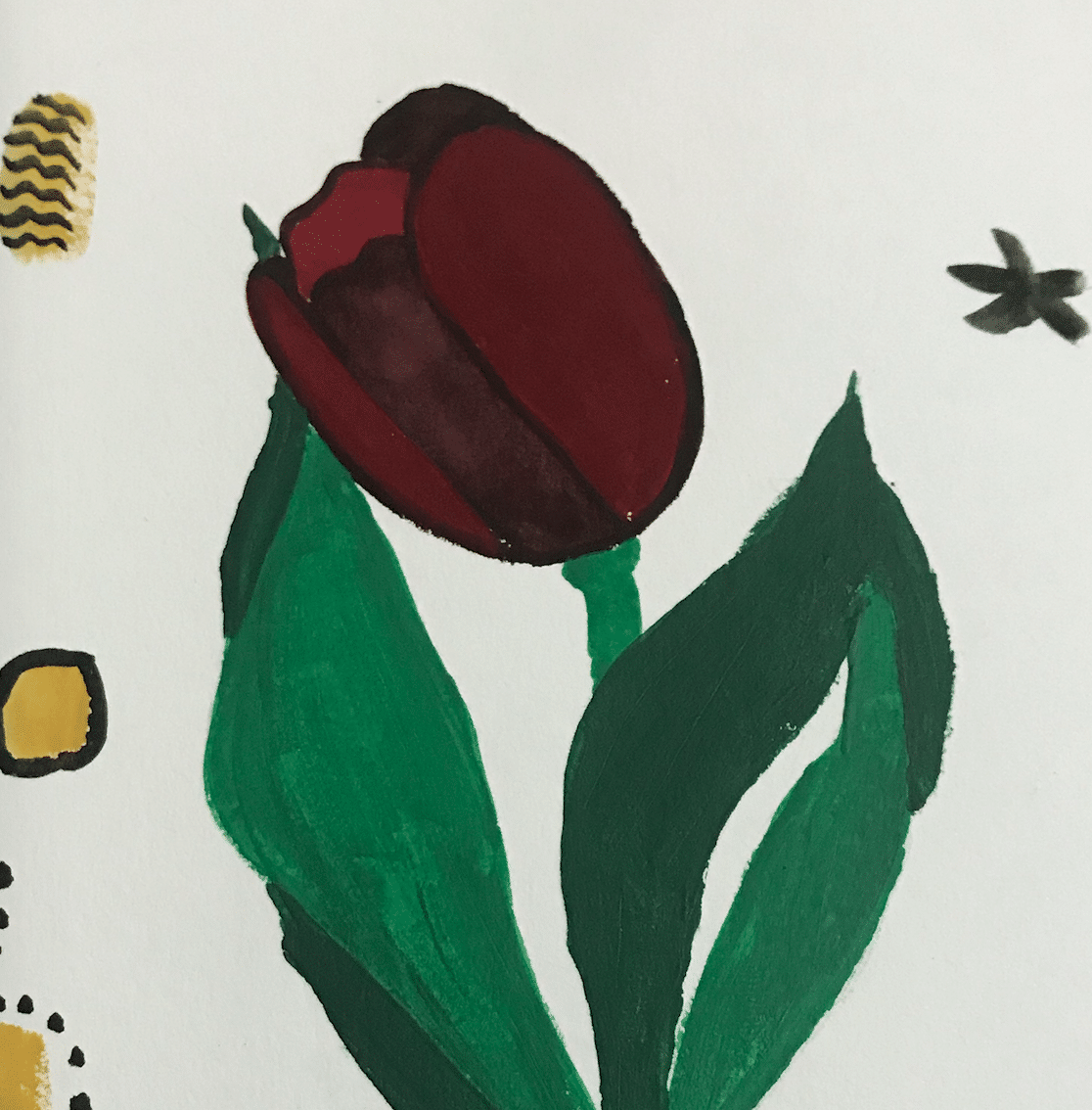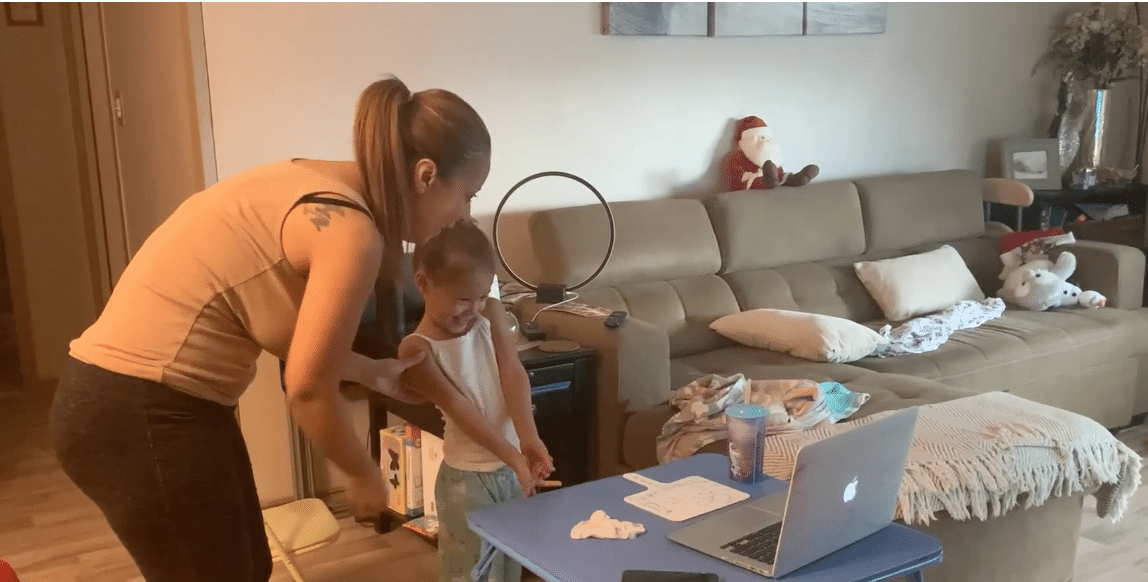Emma Chamberlain stands in a crowd during Fashion Week. Creative Commons License by Wikimedia
Influencers have changed the face of the industry and deserve a seat at the table
With the rise of TikTok, #fashiontok has become the new age “fashion mogul” to turn to when looking for the latest fashion trends. Videos in this hashtag are often seen rocking the latest animal print, sports jersey and kitten heel combo, which inspire the outfits of the past, present and future for viewers alike.
Prominent users there, and on hashtags alike, have caught the attention of leaders in the fashion industry. This has caused many to be invited to sit in on – or, inPaige Niemann and Sabrina Bahsoon’s case, even walk the runway.
Bahsoon, also known as Tube Girl, strutted as if modeling is her job sparking credible articles describing her journey to It-Girl status. Niemann, known on the internet for being an Ariana Grande impersonator with 10 million followers, performed a walk where she was almost stumbling down the catwalk which ignited a series of online responses criticizing the messiness that social media firms Bossi and Creators Inc. brought to New York Fashion Week (NYFW) last fall. Critics accused the whole spectacle as “[degrading] the importance of fashion shows for designers.”
Despite the backlash, influencers at Fashion Week play a key role in advertising large brands to a more niche collective of people, a group that may not even look twice at Vogue’s synopsis of FW25. For that reason, they deserve to be taken seriously.
The role of internet personalities in the fashion industry has been debated since the dawn of the internet. The original influencers, fashion bloggers, were the first to face a scrutiny about their presence at fashion events despite their reach of thousands of fashion-lovers following the live feedback on the latest collection.
Starting about 20 years ago, mainstream fashion editors and reporters began complaining about being seated behind young, self-made influencers who were granted front row access. Bryan Yamboa, otherwise known as BryanBoy, was part of the first wave of influencers to break the ice for the integration of online fashion influencer and the industry itself. He was one of the first to launch a fashion blog that integrated personal stylistic writing and fashion writing. According to GQ, “[Yamboa] created many of the unspoken rules that have come to define Instagram influencer culture,” adding that, “His serious interest in fashion and his wicked opinions gave him industry credibility early on, such that Marc Jacobs named a bag after him in 2008.”
In a 2009 New York Times article titled “Bloggers Crash Fashion’s Front Row,” this quote epitomizes the ways bloggers were being viewed during this time: “Thedesigners and publicists who once quivered before the mighty pens [of critics] are now courting writers from Web sites that offer a direct pipeline to potential customers.”
Flashforward to present day, where the role of the influencer has taken on new presence in light of the stark advances made to social media and the lasting impact it has had. According to an article titled, “The ‘Influencification’ of Hollywood,” “The rise of influencers on the red carpet reflects broader shifts in media consumption habits, with younger audiences increasingly turning to social media personalities for entertainment and news.”
Similar to the fashion bloggers of the mid-2000s, influencers that embody a fashion voice and have the clearest sense of what fashion is, help drive the culture surrounding fashion week in the modern day. Emma Chamberlain, once known as an ultra-relatable youtuber, is now recognized by her MET Gala interviews and position as a new-age fashion mogul. Chamberlain has been influencing style since very early on in her career across an array of people.
She first became involved in the fashion industry through her connection with Louis Vuitton which then sparked collaborations with brands such as Calvin Klein, Aritzia, Levi’s, and Miu Miu. A profile on Chamberlain in Russh Magazine noted, “The thought of someone [like] Emma Chamberlain sitting front row at Louis Vuitton fashion week was desirable, that someone so relatable could achieve such status.”
“These types of influencers have larger platforms than online fashion journalists, but still show a clear appreciation and understanding of clothing,” said Lucy Hopton in an article about influencers at Fashion Week for Haute Magazine, “To me, this is the perfect balance for companies wanting to attract millions of viewers whilst maintaining respect for the designers.”
Influencers have been able to harness relatability that has been integral to the growth of even the most luxurious brands. Forbes describes relatability as “the art of connecting with others on a personal level.”
“Due to the fact that we are living in a time where visibility matters most, and the flip side is that competition and growth (within the luxury industry) is forcing brands to find new ways of developing creative brand awareness,” the Forbes article adds.
The role of the influencer has become what the celebrity has never been. Unlike the untouchable lifestyle of the Kardashians, influencers tend to feel more relatable to the average viewer as they, themselves, have built and maintained their followings – a somewhat difficult task in the age of fleeting media. “In fact, most of them get ideas from their followers for the content they will create, and they take care to create content that will make them fancier. Therefore, they draw a friendly and relatable characteristic,” according to an Inflo Network comparing influencers to celebrities.
Many have argued that the presence of TikTok influencers and Z-list celebrities at the exclusive events brings down the prestige of the event and of the fashion itself, with many not taking the event itself seriously, let alone themselves. Some influencer attendees have been accused of disrupting the flow of the show itself. Lauren Bulla, writer for The Independent, described her experience with influencers at this year’s fashion week; with some refusing to talk with her, others “[walking] through the direct path of some of the models,” even “someone [backing] into the light switch as [a] performance was taking place, throwing the off the flow of the models.”
But remember: Many of these influencers are completely new to the scene with little to no real guidance on the decorum that comes along with it. And anyway, isn’t it okay to disrupt the system every now and then?
Influencer involvement in mainstream events, while coming in large waves, points to a shift in pop culture where the internet is being more notably recognized for its impact on the general public. Tyler McCall said it best in her piece opposing a Vogue article criticizing fashion bloggers in 2016, ”They’re just another, albeit newer, part of the fashion ecosystem, one that is helping it move forward — for better or worse.”
